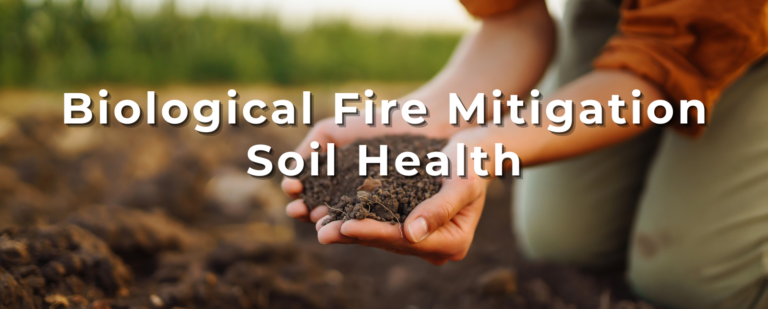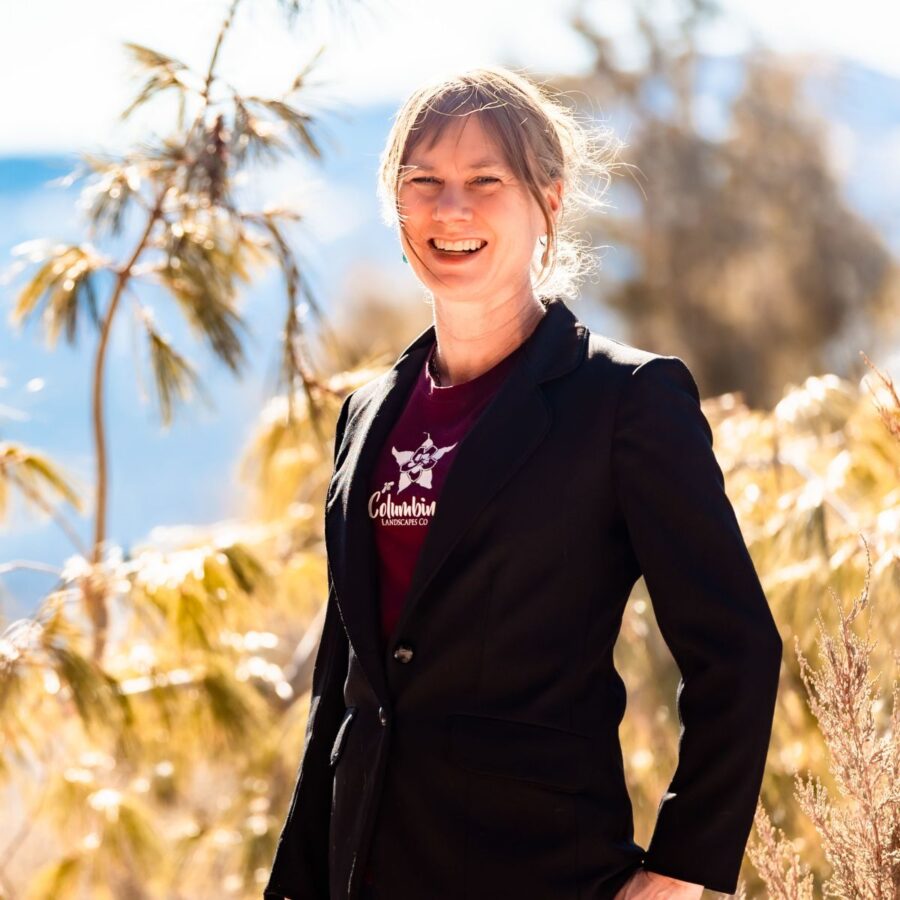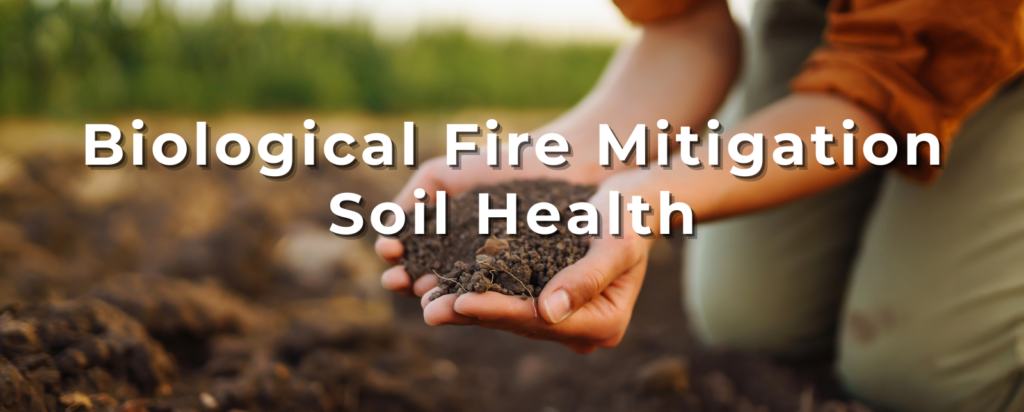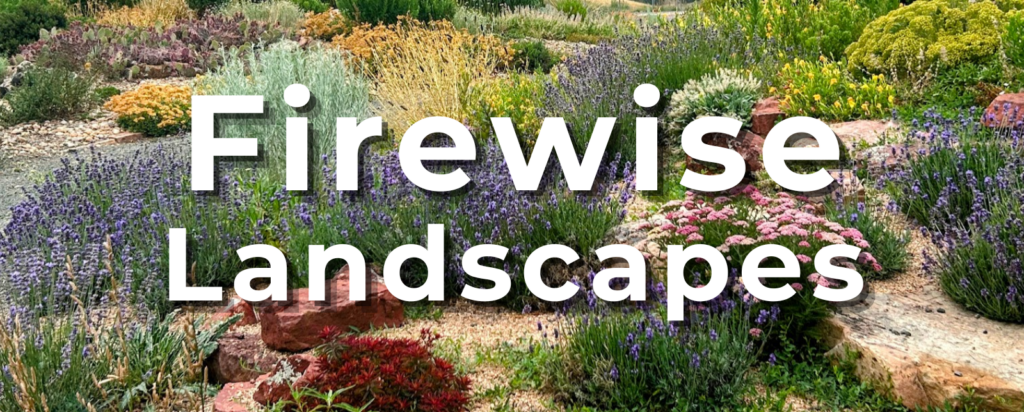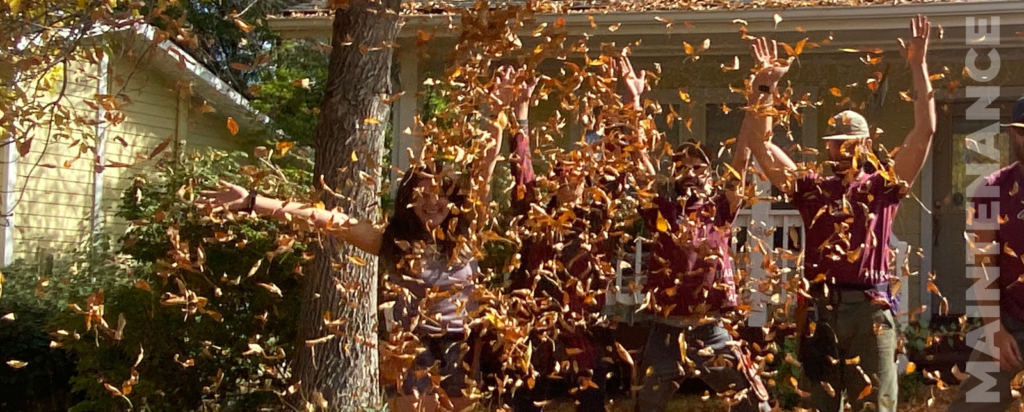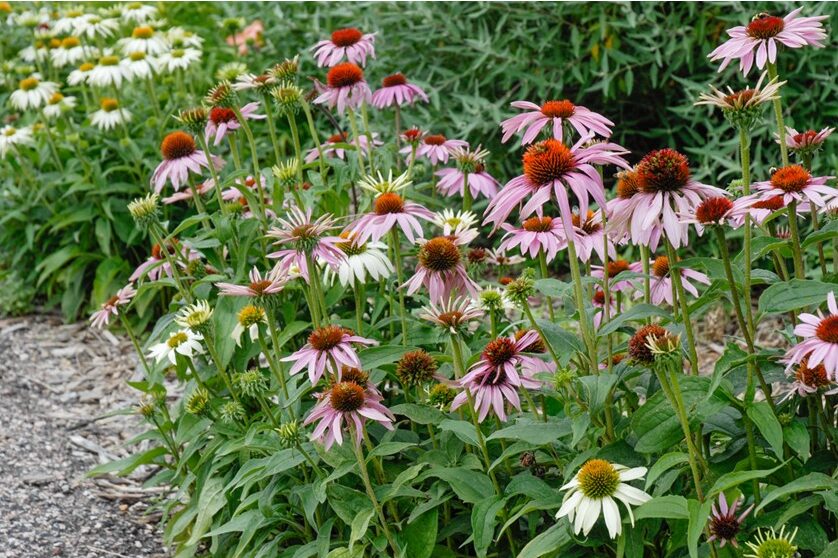Let’s start from the ground up.
I insist that my team refer to what is underfoot as soil, not dirt. It is the basis of life on earth after all, let’s give it some respect. Dirt is something undesirable that we want to get rid of. Soil, on the other hand, is a complex ecosystem of living creatures that interact in amazing ways to support the ecology that resides upon it, that we see and find joy in. Support its health, and we are much further ahead in so many ways, including being more fire resilient.
Healthy soils are key to fire resistance and resilience. A healthy soil moisture level and organic matter content play dramatic parts in reducing fire risk. In fact, according to my friend and colleague Dr. Lauren Czaplicki of Fungal Solutions, “For every 1% of organic matter added to an acre of land, that acre can hold an extra 20,000 gallons of water.”
The soil microbiome consists of an intricate network of microorganisms which are essential to maintain soil moisture and general soil (and plant) health. There are a variety of techniques to improve soil health and increase its moisture holding capacity:
Avoid Weed Mat/Landscape Fabric. Made from petroleum products, these fabrics act as a barrier that prevents organic matter from breaking down into the soil. This inhibits beneficial microbial and fungal activity, diminishing soil health. Soil moisture retention is reduced, making the ground drier and more fire-prone.
Spread Mulch to retain moisture in soil, regulate temperature, and support microorganisms. Of course, organic (wood-based) mulch is considered a fuel due to its flammability, so inorganic gravel mulches are important to use, especially close to structures.
Encourage Closed Loop Nutrient Cycling is a fancy way to say leave your yard waste on site. Hauling it away removes nutrients from the system that is your land, landscape, and ecosystem. If we can let that natural matter break down on site, the system benefits by retaining life-supporting organic matter and nutrients.

Add Compost Tea, a liquid form of compost that boosts beneficial microbes, increases nutrient availability, improves soil structure, and promotes plant health and disease resistance.
Add Wood Sponges to introduce local fungi to yard waste, boosting the natural cycle of decomposition, making the soil microbiome happy and healthy. These significantly increase your landscape’s water retention in the process. This is a game-changing approach in allowing us to safely leave landscape debris on site to enhance soil health while reducing fire risk. Dr. Lauren will be making this technology available to our clients this season to enhance the benefits of our rainwater harvesting practices to maximize our biological fire mitigation practices.
These soil-focused best practices help your property hold onto more water, a key part of reducing fire risk when combined with other practical and eco-friendly landscaping strategies.
To the Glory of the Garden,
President, Columbine Landscapes Co.

